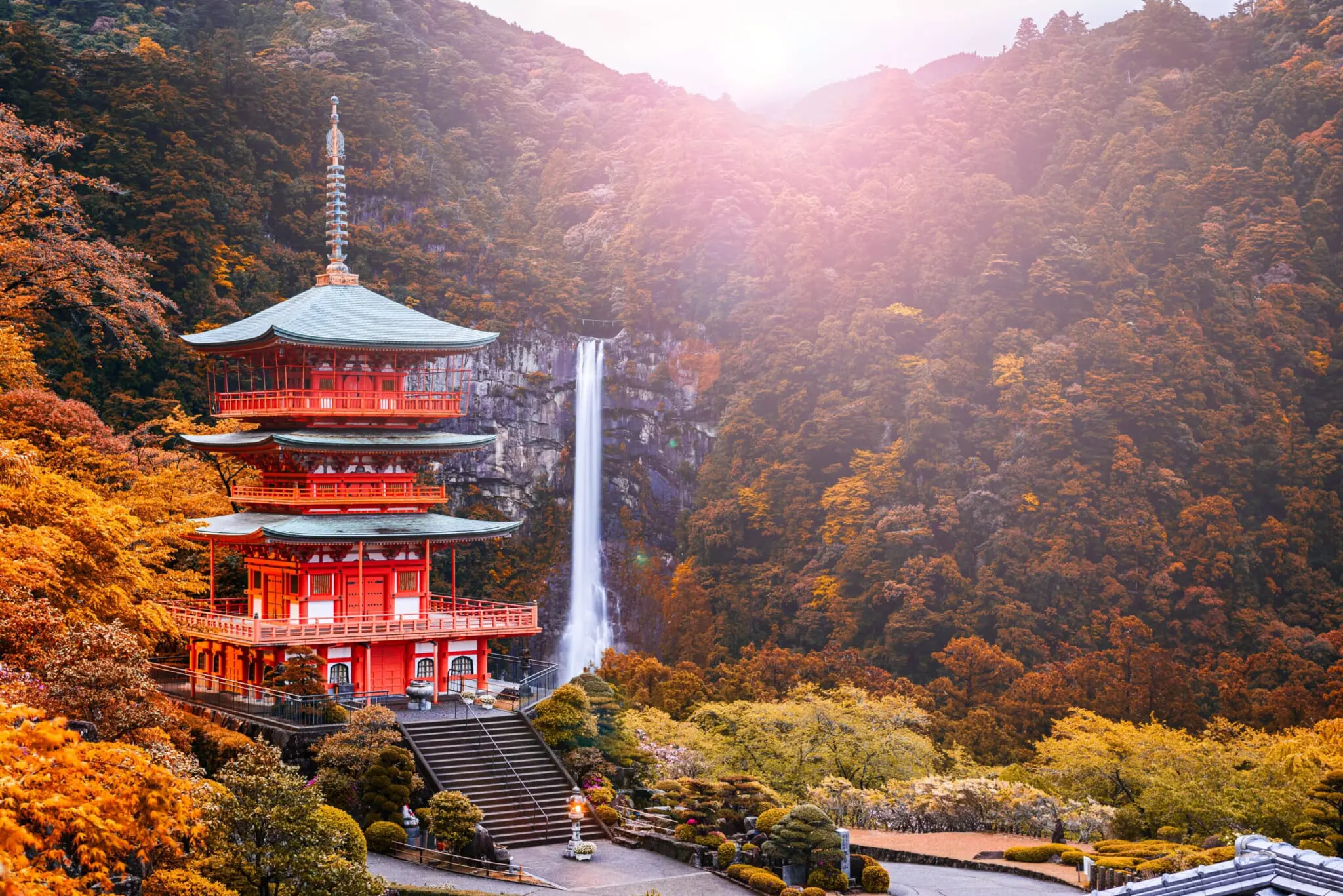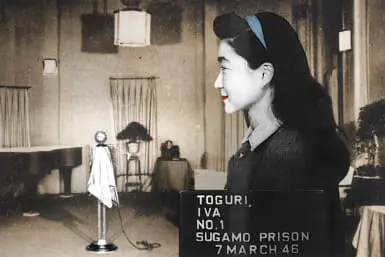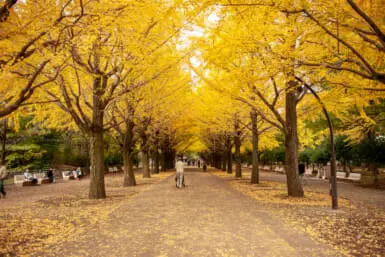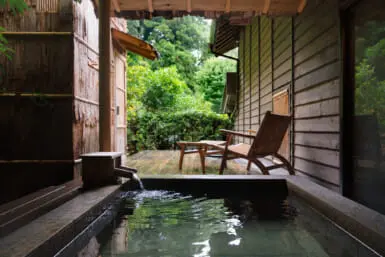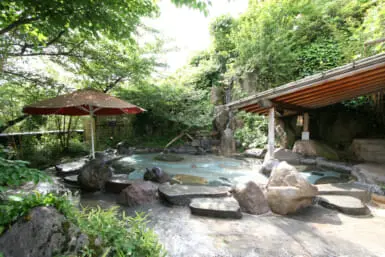This article appeared in Kansai Weekender 2024.
To read the entire issue, click here.
Clothed in white garments, the pilgrims had been walking for days. During the course of their long, arduous journey, one of their number had perished on the river, leaving the rest to continue in her memory. They walked on, the final stretch within their grasp. The pilgrims heard Nachi Falls before they saw it, crashing down from dizzying heights. The end was in sight.
This may sound like a Game of Thrones scene, but the Kumano Kodo is very real, and this may well have happened, just a few hundred years ago. A network of ancient pilgrimage routes crisscrossing the Kii Peninsula, the Kumano Kodo has been used for over 1,000 years by individuals seeking salvation, healing and enlightenment among the region’s primeval forests.
These revered routes are deeply connected to ancient Shinto and Buddhist beliefs that regard the area as profoundly and inherently sacred — the immemorial dwelling place of the gods — and the pilgrimage traditionally ends at one or more of the Kumano Sanzan, the three grand shrines of the Kumano region. One of these three is Kumano Nachi Taisha, standing alongside the majestic Nachi Falls. The Kumano Kodo is split into seven routes, with the Nakahechi route — the main route — passing by Nachi Falls; these paths can still be walked today, and six of them are registered as a UNESCO World Heritage Site.
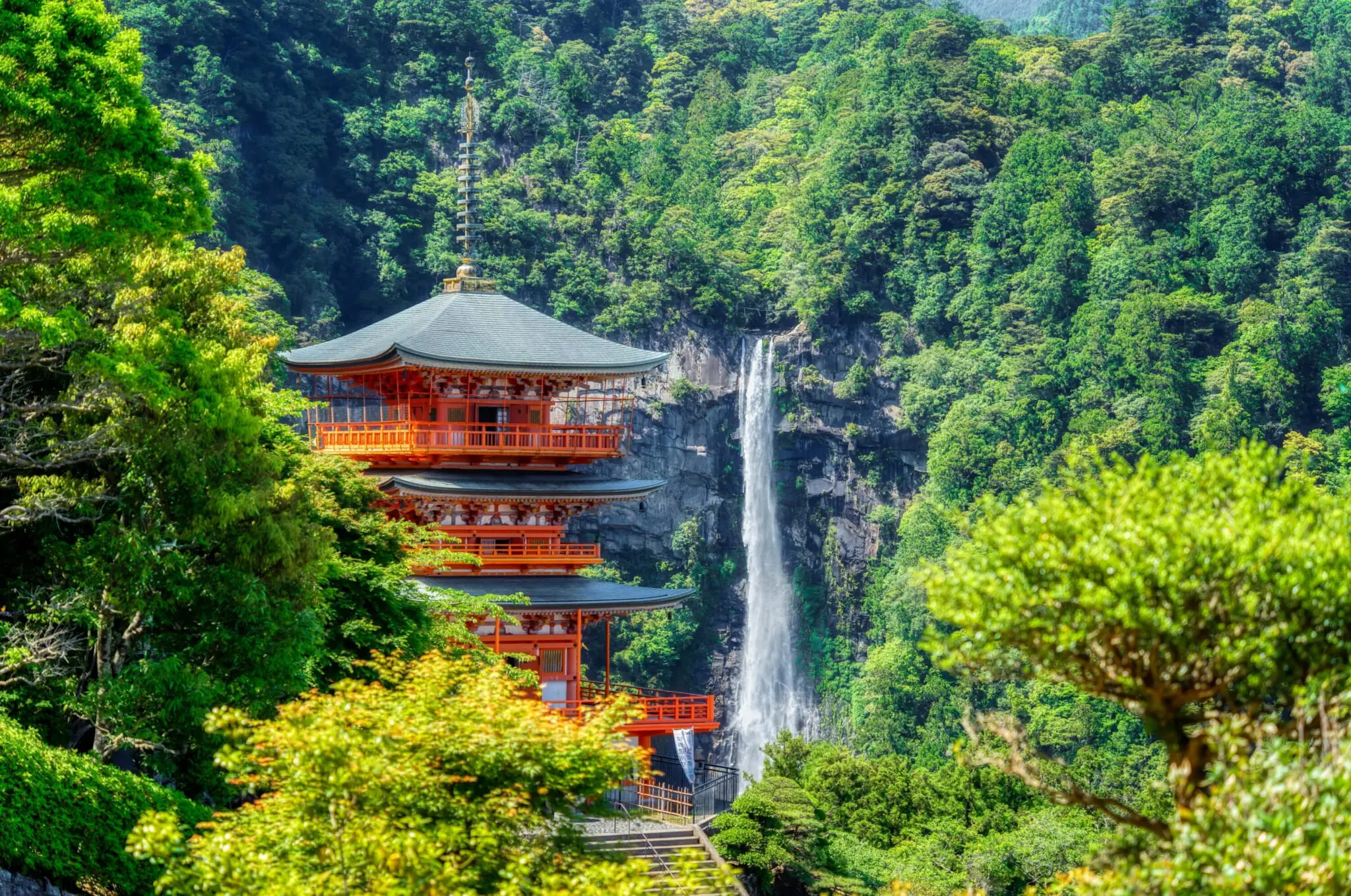
The Spirit of Water
The portion of this holy trail that includes the falls can be found in Yoshino-Kumano National Park in Wakayama. Covered in forests and lush with greenery, this is a fantastic place to trek, and though the journey is undeniably tough, its rewards far outweigh the risks.
Nachi Falls is a domineering watery slash of 133 meters down rockface, water pummeling down at the pool below. Despite its violent roar, the waterfall exudes majesty and calm, its spray sprinkling glitters of light through the air. Pay ¥300 to climb to an optimal viewpoint, where you can purchase a charm, or climb around the paths at the back to get a little closer, James Bond style.
Unsurprisingly perhaps, given its overwhelming wonder, Nachi Falls has been the subject of worship since ancient times, and is part of one of the grandest shrine complexes in the country. Adjacent to it, you can find the illustrious Kumano Nachi Taisha, which enshrines the deity of the falls, and Seiganto-ji Temple, one of the oldest and most picturesque temples in Japan.
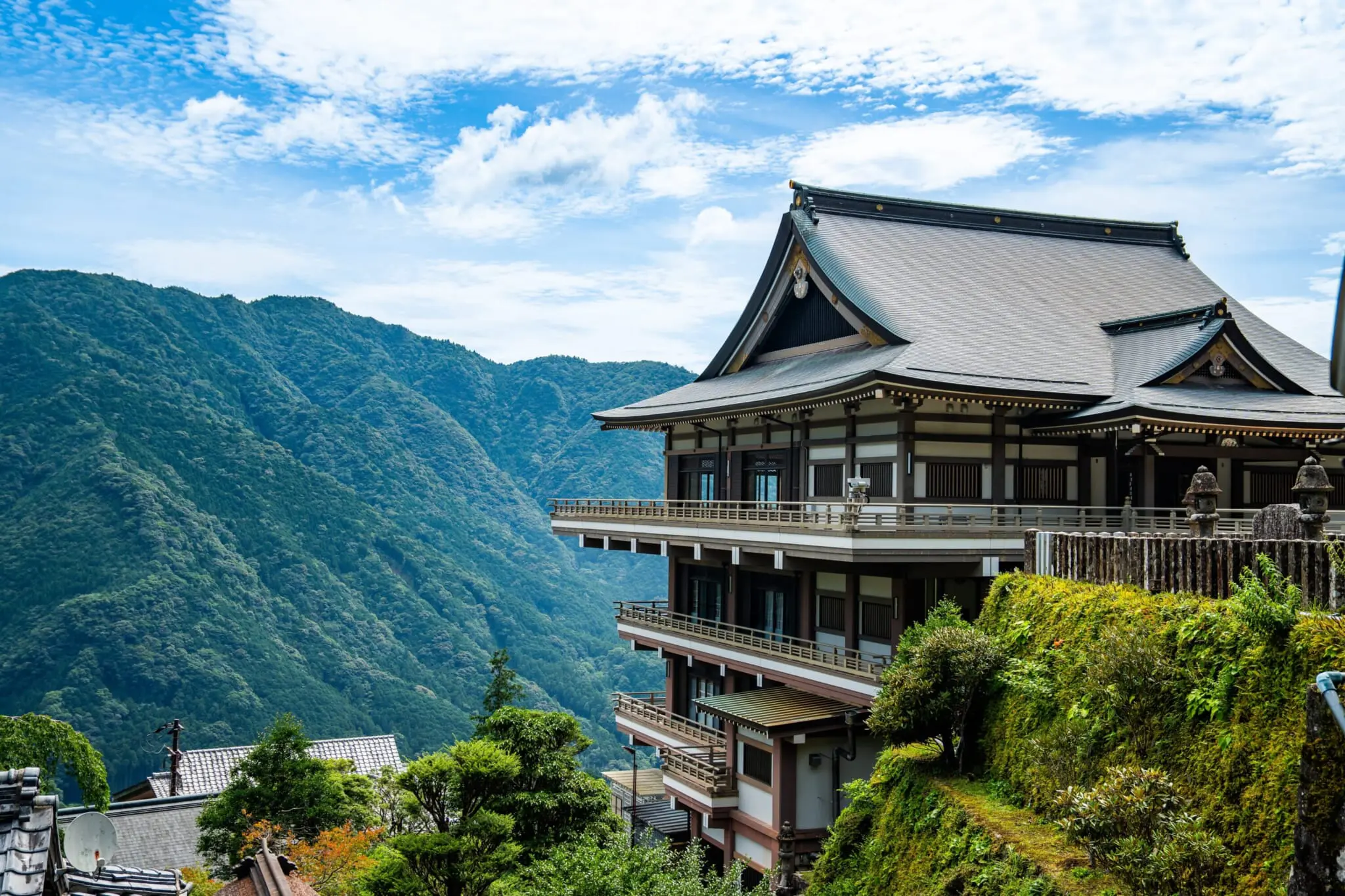
A Complex Complex
The area around Nachi Falls isn’t just remarkable for its beauty and spiritual significance; it’s also one of the few places in Japan where a Buddhist temple and Shinto shrine coexist side by side. Before the Meiji period, Shinto and Buddhism were closely intertwined in a syncretic religion known as shinbutsu shugo. In 1868, however, the government issued a decree demanding that the two religions separate. As a result, many Buddhist elements were removed from shrines across the country, and temples that had once been peacefully nestled alongside their shrine neighbors were repurposed, closed or outright destroyed. Somehow, the complex at Nachi escaped the brunt of this.
This is pretty lucky for both institutions — they can both claim breathtaking views of the surrounding area and close proximity to the most majestic waterfall in the land.
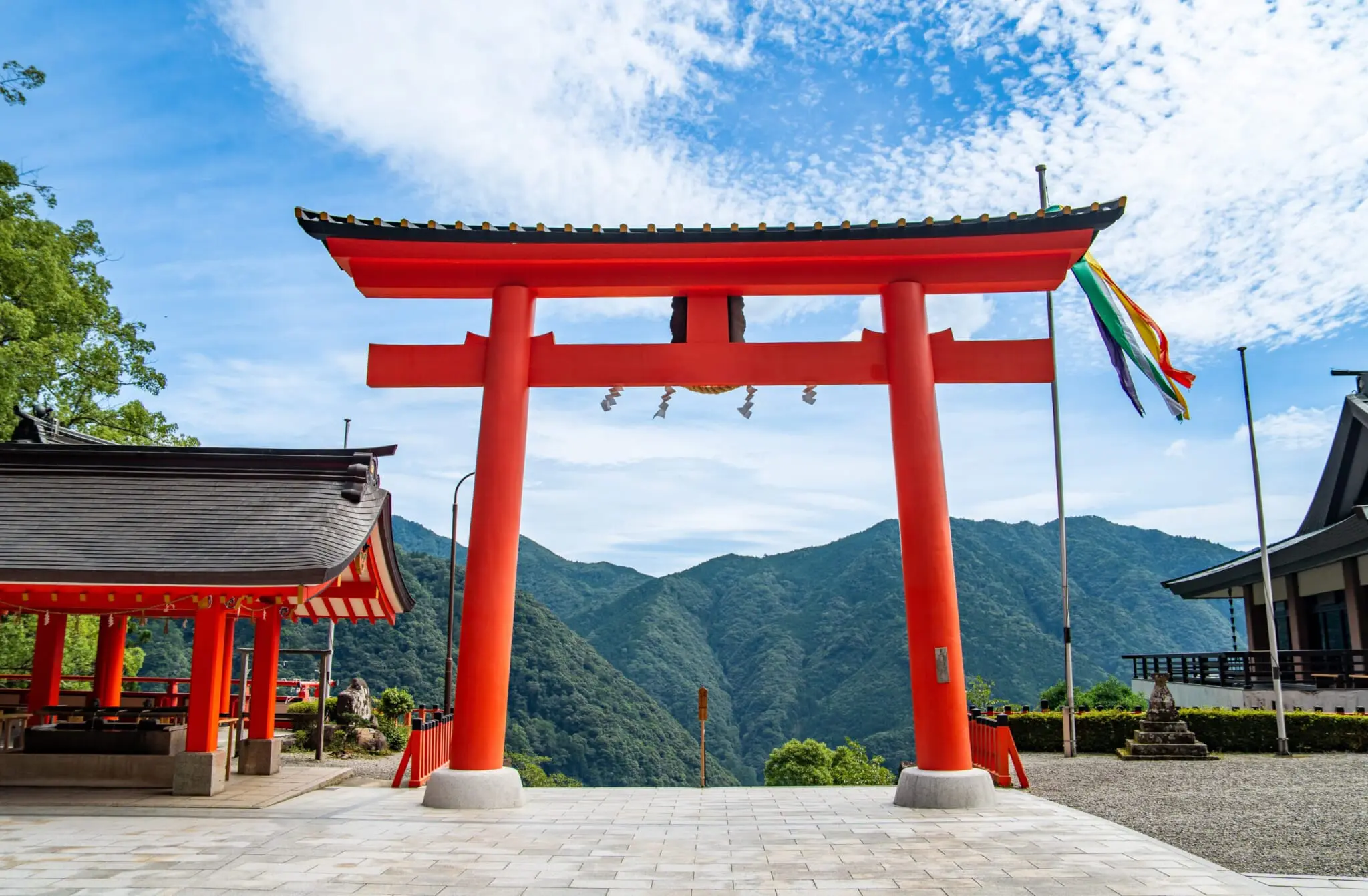
Buddhism and Shintoism, Side by Side
The temple of Seiganto-ji is famous for its spellbinding three-storied pagoda, the subject of many a picture. Overlooking the waterfall some meters away, the pagoda cuts a striking silhouette against the thundering white waters, its brilliant red figure flashing out against the vast landscape.
Seiganto-ji loosely translates to “Temple of Crossing the Blue Shore,” its blue-gray roofs in synergy with the waterfall behind, creating an unforgettable scene of human-made beauty in harmony with stunning natural scenery. The temple itself is actually the oldest structure in the region, filled with many important cultural properties.
Past the pagoda lies Kumano Nachi Taisha. The shrine and its grounds are lorded over by Yatagarasu, a mystical three-legged crow and guiding deity in Shinto mythology. Its final resting form is as a stone in the private quarters of the shrine.
The shrine is also home to an 850-year-old camphor tree, a 27-meter-high, 8.5-meter-wide landmark with deep spiritual significance. A tunnel passes through its ancient trunk, meaning that visitors can climb into the tree’s womb, down into its depths and back up, out of the other side. It’s an experience akin to a sacred tree (re)birth — feel what it’s like to be inside a tree, closely connected to the natural world, before emerging again.
Feel the mystic splash of Nachi Falls as it soothes, then head away to the shrine and temple above to marvel at the falls from a different vantage point. Despite the centuries that separate us from the pilgrims who once walked these paths, we can understand why they felt that Nachi was a fitting end to their toils.
Related Posts
- Sacred Japan: Wakayama’s Okunoin Cemetery
- 5 of the Cutest Trains in Wakayama Prefecture
- Hunt for the Hidden Autumn Wonders of Kansai
Updated On October 18, 2024

